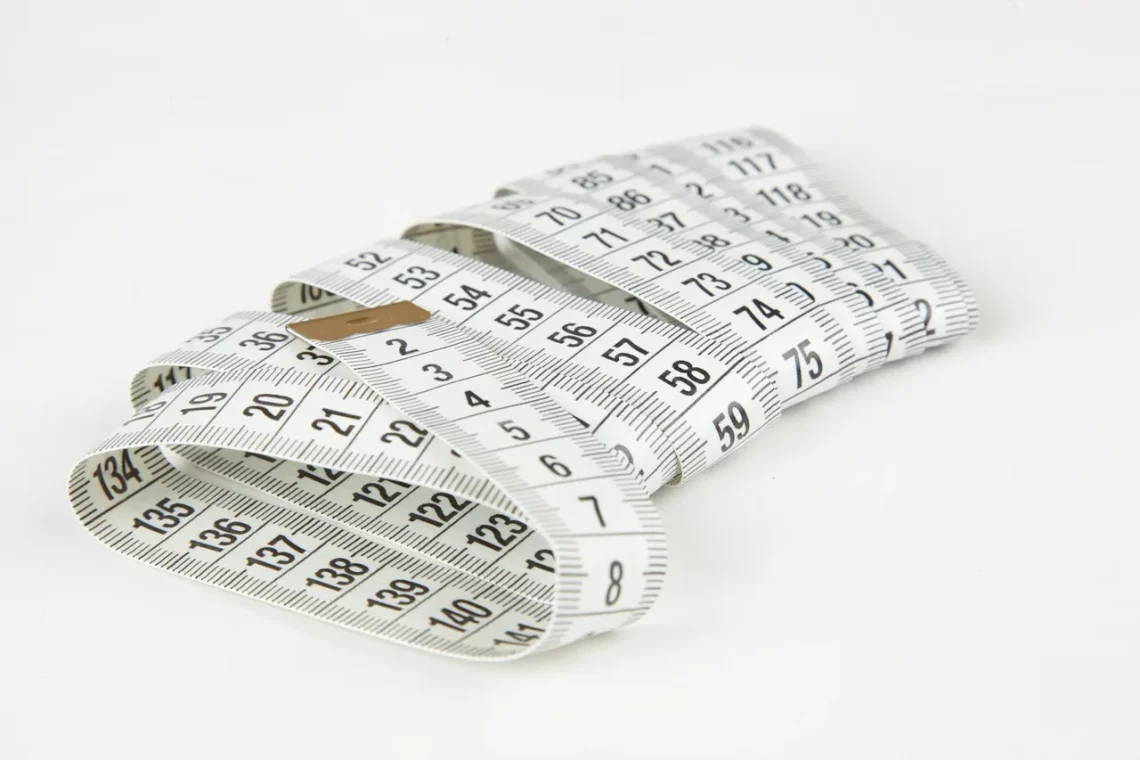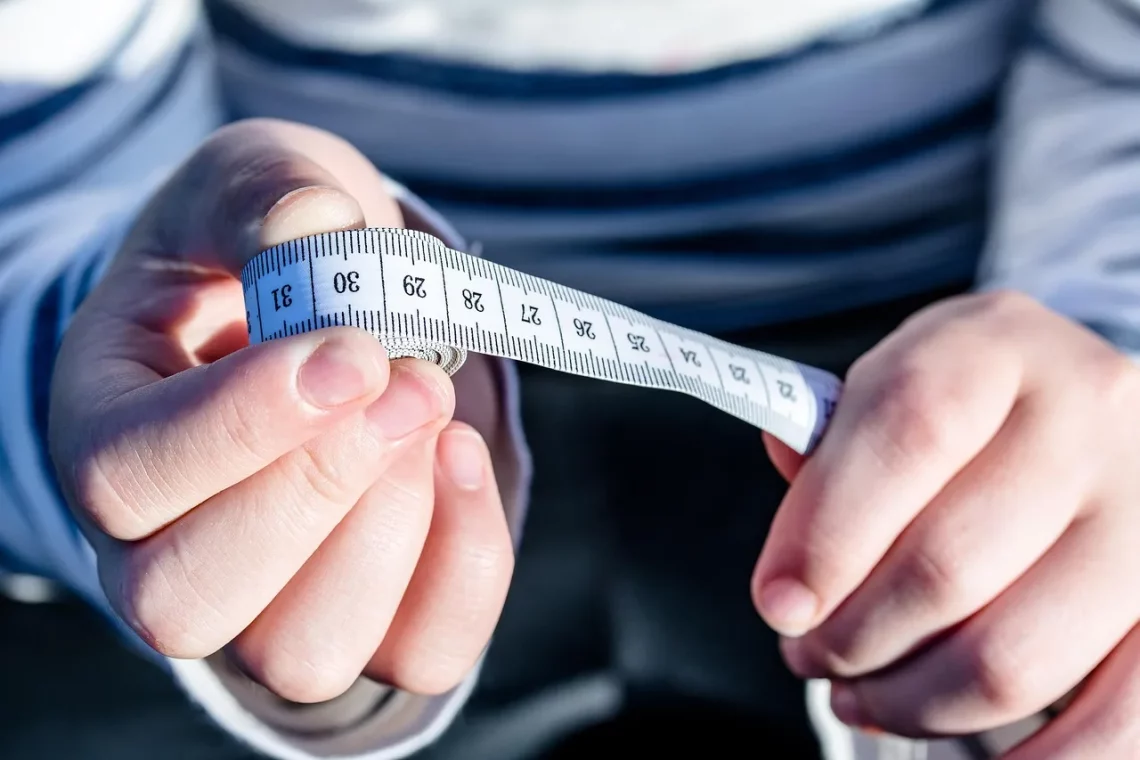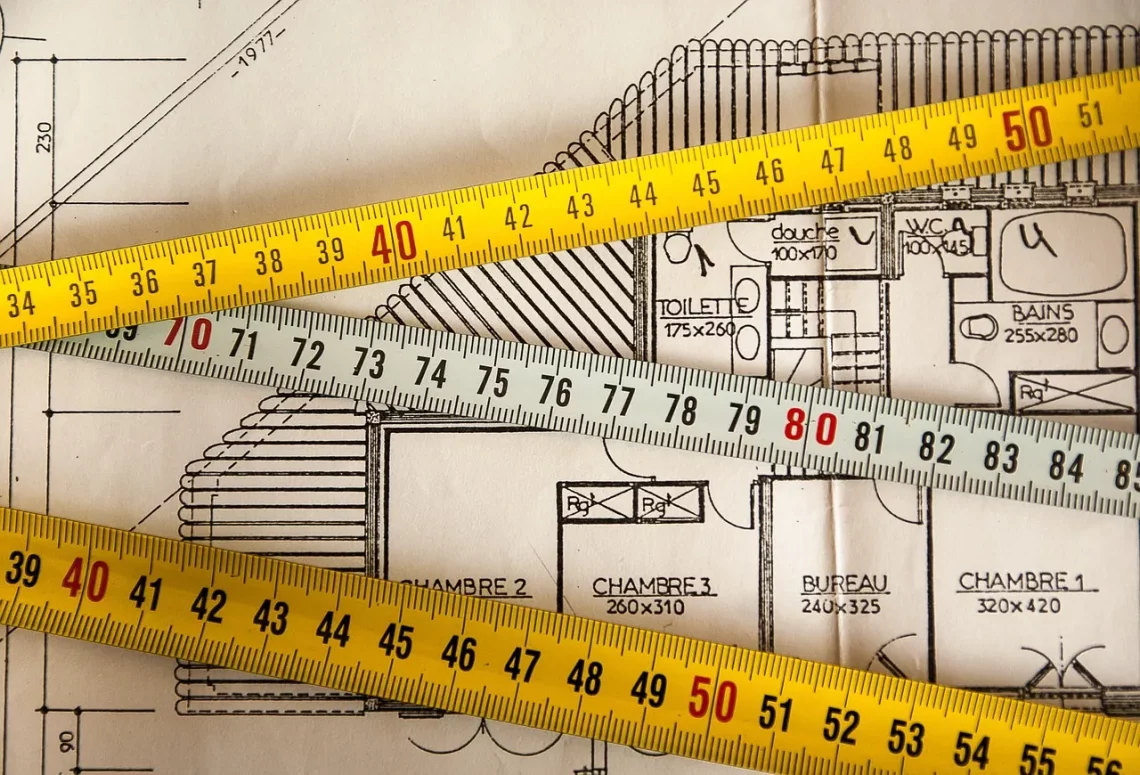-
How Many Grains Are in a Pound? A Simple Guide to Conversion
Understanding the measurement of grains and pounds can be perplexing for many, especially those who are new to culinary practices or food science. Grains are a traditional unit of mass that has been used for centuries, primarily in measuring precious metals, seeds, and grains themselves. In modern times, it serves a crucial role in various fields including cooking, nutrition, and even pharmacology. A grain is defined as 1/7000th of a pound, which makes it a very small unit of measurement. This means that when we talk about the number of grains in a pound, we are delving into the intricacies of weight conversions that can often lead to confusion. For…
-
How Many Kilograms Is 185 Pounds? A Simple Conversion Guide
Understanding weight and its conversion between different units can be a significant part of our daily lives. Whether you are tracking your fitness progress, managing your diet, or simply curious about different measurement systems, grasping how kilograms and pounds relate to each other is essential. The metric system, which uses kilograms, is widely accepted globally, while the imperial system, which uses pounds, remains prevalent in a few countries, including the United States. This disparity can lead to confusion, especially for those who frequently switch between the two systems. Misunderstandings can occur when individuals try to interpret their weight in a different unit without a reliable conversion method. This is particularly…
-
How Many Tablespoons Are in a Pound? A Quick Conversion Guide
Cooking and baking can often feel like a science experiment, where precise measurements are crucial for achieving the desired results. Among the many measurements used in the kitchen, tablespoons and pounds are two common units that can cause confusion, especially when transitioning from one to the other. Whether you’re an experienced chef or a home cook, understanding these measurements can significantly improve your culinary skills. The challenge lies in the fact that tablespoons measure volume, while pounds measure weight. This distinction is essential because different ingredients have different densities, which means that the number of tablespoons in a pound will vary depending on what you’re measuring. For instance, a pound…
-
How Many Grains Are in a Pound? Understanding the Conversion
Understanding the weight and measurement conversions is crucial for various fields, ranging from cooking to scientific research. One such conversion that often puzzles individuals is the relationship between grains and pounds. Grains, being one of the smallest units of mass in the imperial system, can be challenging to grasp, especially when trying to relate them to larger units like pounds. This confusion is compounded by the fact that different contexts—such as culinary measurements, agricultural calculations, or pharmacological dosages—can all utilize these units in varying ways. In essence, a pound is a larger measurement that contains a specific number of grains. This relationship is fundamental not only for accurate measurements but…
-
How Many Grains Are in a Pound? A Simple Calculation Guide
In the world of measurements, understanding the relationship between different units can often feel daunting. This is particularly true when it comes to grains and pounds, two units that serve distinct purposes in various fields such as cooking, agriculture, and engineering. Grains are typically used to measure the mass of small objects or substances, while pounds are a more common unit in everyday life for larger quantities. This discrepancy can lead to confusion, especially for those who are not well-versed in measurements. The grain is a unit of weight that has historical roots and is still utilized today, especially in the fields of medicine and precision engineering. Conversely, the pound…
-
Understanding the Number of Grains in a Pound: A Simple Guide
Understanding measurement conversions can sometimes feel daunting, especially when it comes to weight. One common unit of measurement that often confuses many is the grain, particularly when considering its relationship to pounds. The grain, a historical unit of weight, finds its roots in the ancient practice of measuring precious metals and grains of cereals. It may seem like a small measurement, but it plays a crucial role in various fields, from cooking and baking to pharmaceuticals and firearms. In the world of weights and measures, understanding how different units relate to one another is essential for achieving accuracy. For instance, when baking, even a slight error in measurement can lead…
-
How Many Tablespoons Are in a Pound? A Simple Guide
Cooking and baking can often feel like a science experiment, with precise measurements playing a crucial role in determining the success of your culinary creations. Whether you’re whipping up a batch of cookies, preparing a hearty stew, or crafting a gourmet meal, understanding the conversion between different measurement units can save you time and enhance your cooking experience. One common question that arises in the kitchen is the relationship between pounds and tablespoons, particularly when dealing with ingredients that are measured by weight versus those that are measured by volume. In the culinary world, ingredients can be measured in various ways, including weight (pounds) and volume (tablespoons). This can lead…
-
How Many Tablespoons Are in a Pound? A Quick Guide
Cooking and baking can often feel like a science experiment, where precision is key to achieving the perfect dish. One of the most common challenges in the kitchen is converting measurements. This is especially true when dealing with different units of weight and volume. For instance, understanding how many tablespoons are in a pound can be crucial for recipes that require precise ingredient measurements. Whether you’re a novice cook or an experienced chef, knowing how to convert between these units can make or break a dish. A pound is a unit of weight commonly used in the United States, while tablespoons measure volume. This discrepancy can lead to confusion, especially…































